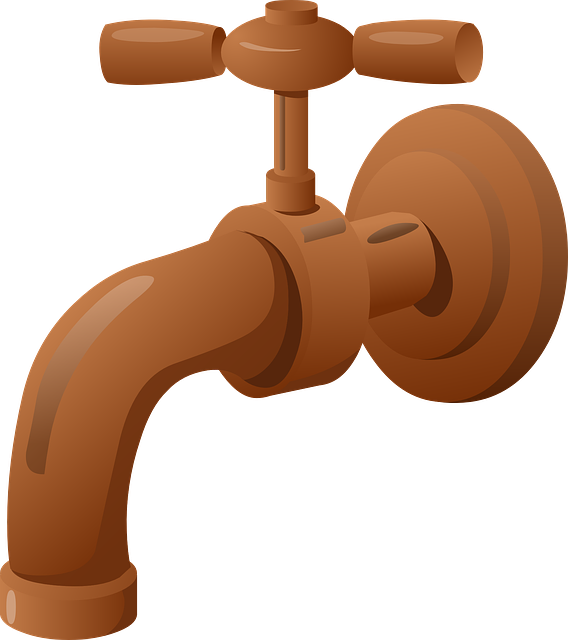DIY pipe insulation isn't just about preventing pipes from freezing; it's a powerful tool for enhancing home energy efficiency and speeding up hot water delivery. By wrapping exposed piping with insulating material, you reduce heat loss, forcing your water heater to work less and saving on energy bills. This simple project is especially beneficial for older homes or those with slow hot water temperatures, offering cost-effective improvements in comfort and reducing heating costs over time. Using the right size insulation and securing it around pipes and fittings can lead to significant energy savings and contribute to sustainability, with potential government incentives for energy-efficient homes.
Looking to revolutionize your hot water heating game? Insulating your hot water pipes is a simple yet effective way to boost efficiency and get hot water faster. This DIY pipe insulation guide will walk you through the process, showing you how to cut down on energy loss and save money on your bills. From understanding the importance of insulation to reaping the benefits, this article covers everything you need to know about DIY pipe insulation for optimal hot water performance.
- Understanding Hot Water Pipe Insulation: Why It Matters
- DIY Guide: How to Insulate Hot Water Pipes Effectively
- Benefits and Return on Investment: Making the Case for Pipe Insulation
Understanding Hot Water Pipe Insulation: Why It Matters

Hot water pipe insulation isn’t just about keeping pipes from freezing in cold climates; it plays a significant role in improving your home’s energy efficiency and speeding up hot water delivery. Without proper insulation, heat loss occurs through the pipes, resulting in slower hot water temperatures and increased energy bills. This is where DIY pipe insulation steps in as a simple yet effective solution for homeowners looking to optimize their water heating system.
Insulating hot water pipes is particularly beneficial in older homes or those with exposed piping. By wrapping pipes with insulating material, you create a barrier that reduces heat transfer to the surrounding environment. This means your water heater doesn’t have to work as hard or as frequently to maintain the desired water temperature, leading to energy savings and faster hot water availability. In terms of DIY projects, pipe insulation is straightforward, cost-effective, and can make a noticeable difference in overall home comfort.
DIY Guide: How to Insulate Hot Water Pipes Effectively

Insulating hot water pipes is a simple and effective way to boost your home’s energy efficiency, reducing heat loss and getting hot water faster. Here’s a DIY guide to help you get started. First, gather the necessary materials: pipe insulation in the appropriate size for your pipes, scissors or a utility knife, and a measuring tape. Cut the insulation to fit around your pipes, ensuring it covers at least 12 inches on each side of any fittings or valves. Once measured and cut, slide the insulation onto the pipes, pressing firmly to create a secure fit. For extra protection, consider sealing any gaps around fittings with pipe sealant to prevent heat escape and water leaks.
With just a few simple steps, you can significantly improve your plumbing system’s performance. DIY pipe insulation is an affordable and accessible way for homeowners to take control of their energy consumption, reducing heating bills and contributing to a more sustainable home environment.
Benefits and Return on Investment: Making the Case for Pipe Insulation

Insulating hot water pipes offers a plethora of benefits that extend beyond just faster hot water delivery. By investing in DIY pipe insulation, homeowners can significantly boost their energy efficiency and reduce heating costs. Insulation acts as a barrier, preventing heat loss from the pipes, which means less energy is required to reheat the water. This not only speeds up the time it takes for hot water to reach your faucet but also translates into lower utility bills over time.
The return on investment (ROI) for DIY pipe insulation is considerable. While the initial cost of purchasing and installing insulation may seem like an added expense, the long-term savings can be substantial. By minimizing heat loss, insulated pipes contribute to a more energy-efficient home, which can lead to reduced carbon footprint and environmental impact. Additionally, many regions offer incentives for improving energy efficiency in homes, further enhancing the financial benefits of this simple yet effective upgrade.
Insulating hot water pipes is a simple yet effective way to boost energy efficiency, reduce heating losses, and get instant hot water. By following our comprehensive DIY guide and leveraging the benefits outlined in this article, you can make your home more eco-friendly and save on utility bills. DIY pipe insulation is a cost-effective solution that pays for itself over time, making it a smart investment for any homeowner looking to enhance their living space’s comfort and sustainability.
